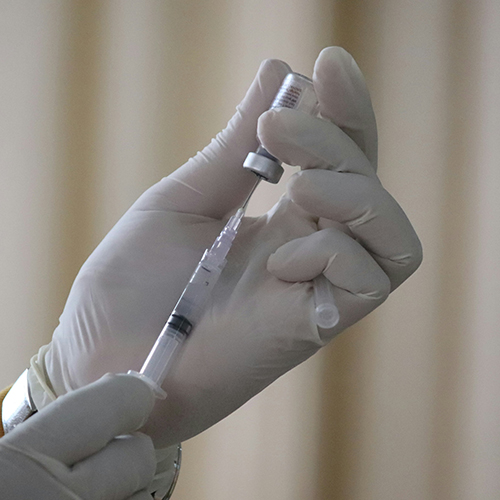The Role of Gender in a Mesothelioma Diagnosis
February 18, 2022New Mesothelioma Drug Starts Trial
September 27, 2022W hether it is primary exposure due to working directly with the dangerous material or secondary exposure suffered by friends and family, contact with asbestos fibers can lead to devastating, deadly conditions. Unfortunately, it is not uncommon for medical professionals to incorrectly diagnose mesothelioma, asbestosis or lung cancer when early symptoms become apparent.
hether it is primary exposure due to working directly with the dangerous material or secondary exposure suffered by friends and family, contact with asbestos fibers can lead to devastating, deadly conditions. Unfortunately, it is not uncommon for medical professionals to incorrectly diagnose mesothelioma, asbestosis or lung cancer when early symptoms become apparent.
While every situation is unique, there are numerous factors that can dramatically impact the speed and accuracy of a medical diagnosis for mesothelioma, including:
- Symptom overlap: Unfortunately, mesothelioma shares numerous symptoms with other lung conditions that range in seriousness. This can make it challenging for a medical professional to accurately diagnose the more deadly condition. Individuals might struggle with a fever, dry cough, difficulty breathing and chest pain during the early stages of mesothelioma which could be confused with numerous other conditions including the flu, bronchitis or pneumonia.
- Lengthy latency: Several decades could ultimately separate the exposure to asbestos and the severe symptoms of mesothelioma. This is referred to as a latency period and this lengthy period of latency can make it difficult to tie the dangerous exposure to the deadly condition.
Additionally, medical professionals can find it challenging to diagnose mesothelioma due to the different types of exposure. Primary exposure could be easier to eventually track down, but secondary exposure might prove difficult. Secondary exposure, often called domestic or familial exposure, is often hidden from medical examinations. In these situations, individuals who were never directly exposed to asbestos can still inhale or ingest the fibers eventually exhibiting catastrophic symptoms.














